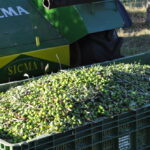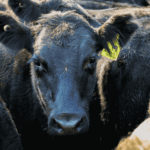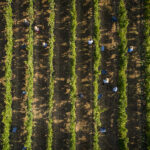As a neurosurgeon at Sydney�s St Vincent�s Hospital, Peter Bentivoglio repeatedly saw the impact of…
Our well-oiled olive industry
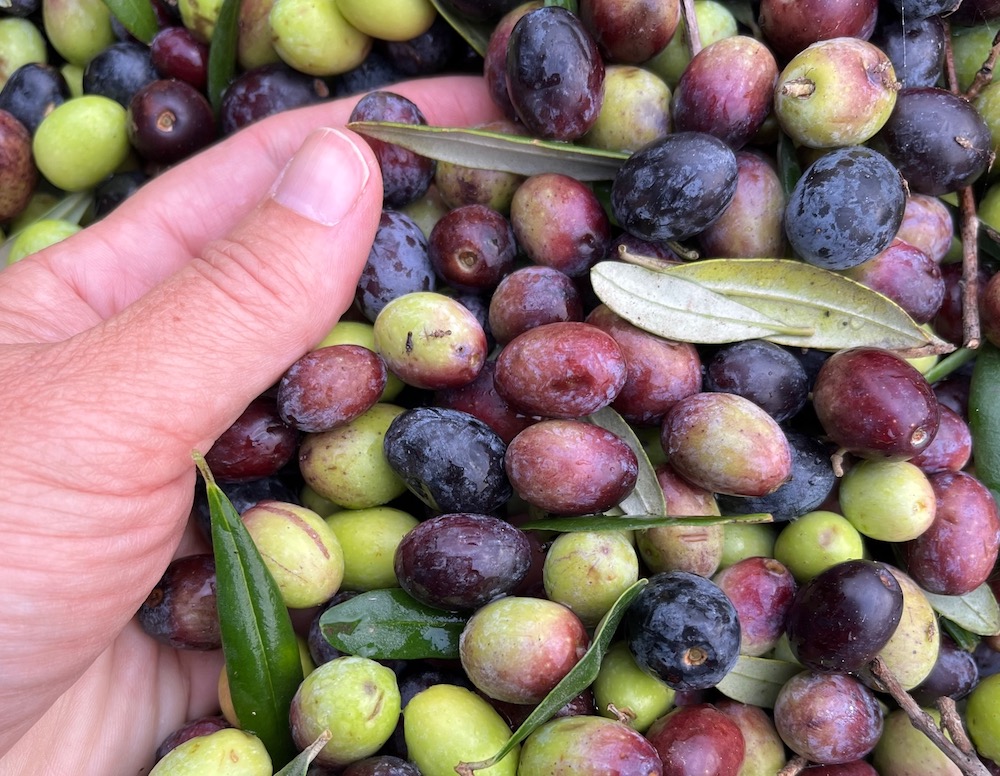
The olive industry in Australia began with groves planted by early Europeans, but there was a major increase in interest and investment in olives in the 1990s, with a focus on two specific products � olive oil and table olives.
There are over 10 million trees growing across about 21,000 hectares, mostly in southern Australia. Most groves are concentrated to a couple of dozen producers, but small growers are still a critical part of the industry. Olive oil accounts for about 96 per cent of exports, with table olives accounting for the rest.
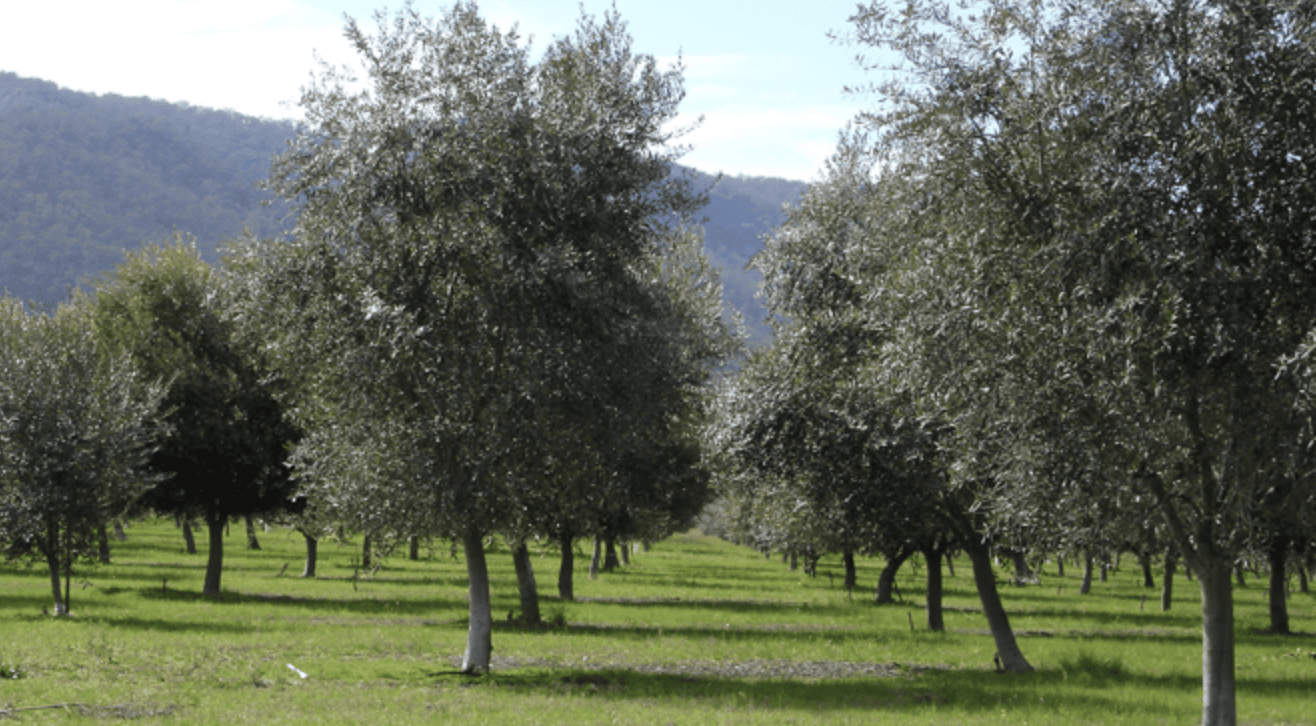
There is an increasing global demand for high quality extra virgin olive oil � commonly referred to these days as EVOO � and many NSW regions are ideal for growing olive groves to produce it.
Olive groves vary from one hectare to 300 hectares and are planted in NSW across a diverse range of environments from the subtropical north coast to the western Riverina.
The NSW olive industry consists of 6,193 hectares of groves, which is about 15 per cent of the total area in Australia planted to olives. Only Victorian and South Australian groves produce more olives.
As a recognised tree crop, olive trees have been integrated into vineyards and livestock enterprises in NSW. Eagles Rest Wines and Adina Winery, both in the Hunter Valley, have diversified into olive oil production. The fruit complement each other, with different harvesting times.
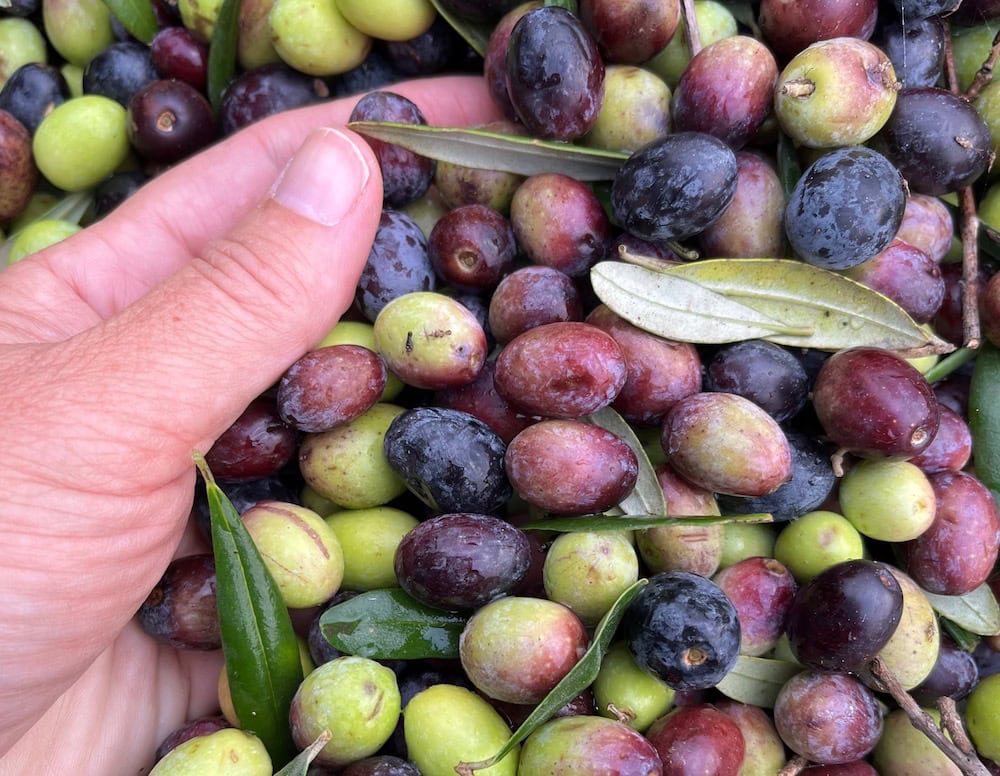
Olive groves are also complementing organic farming practices. At Wymah Organic, Mary Done combines table olives and olive oil production alongside pasture-grazed sheep and cattle in an accredited organic agriculture system.
Last year, the fruit harvest from NSW groves saw about 20,000 tonnes of olive oil produced, more than doubling 2020 production of this biennial crop.
There are 32 olive processors in NSW, with two of them producing up to or more than one tonne of fruit � Rylstone Olive Press and Rylstone and White Chapel Grove at Colo Vale.
State of play in 2022
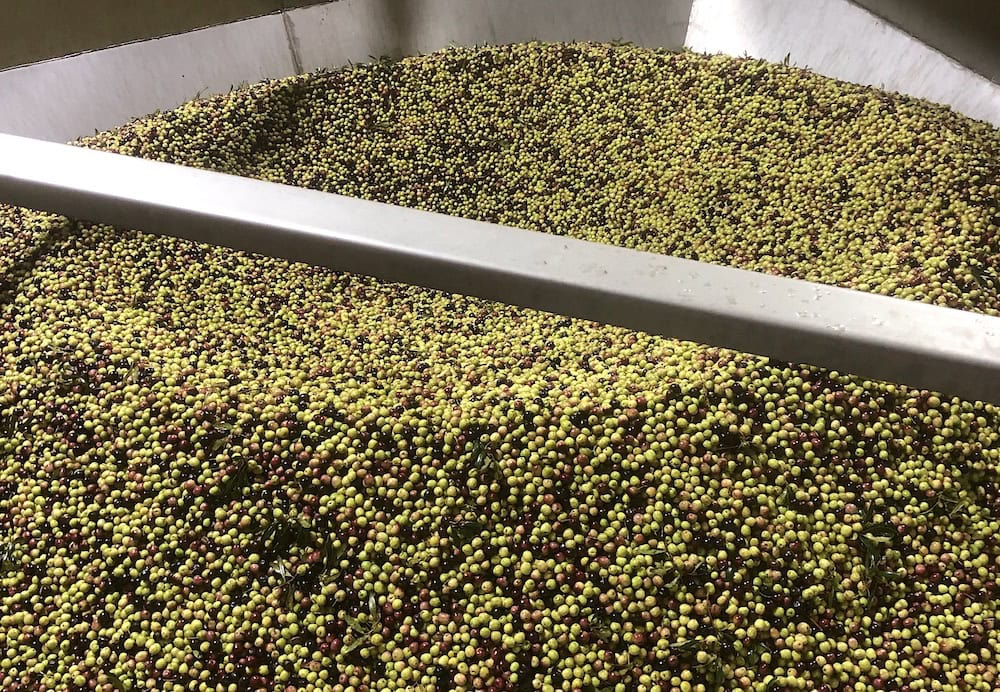
According to Michael Southan, CEO of the Australian Olive Association, 2022 was considered an �off year� for some growers in the biennial cycle of fruit production. This meant many groves would not produce a bumper harvest, while other growers� trees were in their �on� production year. Some producers were able to hire teams to handpick their fruit � a much slower method than mechanical harvesting � which would have led to fruit spoilage.
Torrential rains across the east coast have influenced the cost of production, fruit set and increased the risk of sooty mold to many olive groves.
Unfavourable conditions including floods in the Hunter Valley meant pollination was reduced in many groves and this was detrimental to fruit sets.
While growers in other parts of NSW were affected less by the wet weather, the shortage of labour and fertiliser, and freight inefficiencies across Australia�s agricultural sector is also impacting on the olive industry.
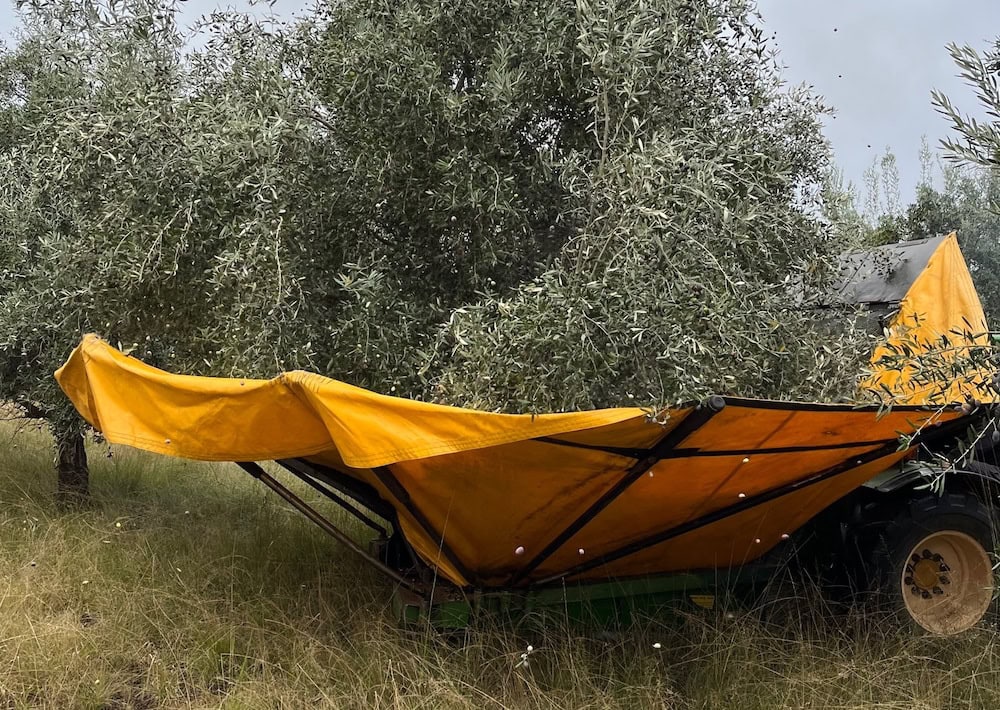
Michael said harvest was mixed across the country � some olive groves yielded well this year, while others had little or no fruit to harvest.
Fortunately, irrigation costs have been lower because of the ongoing wet season and low water prices. �
�The groves that performed well are showing the benefits of tree regeneration and pruning, while other groves suffered from insect damage or ongoing heavy rain, meaning it was too wet to mechanically harvest the fruit.�
Michael Southan, CEO of the Australian Olive Association.
About half of Australia�s olive trees were at risk from persistent pests and diseases, including the olive lace bug and scale. A strong focus of the industry is disease control and biosecurity, which includes on-farm industry development activities focussed on irrigation, disease and pest control, as well as pruning.
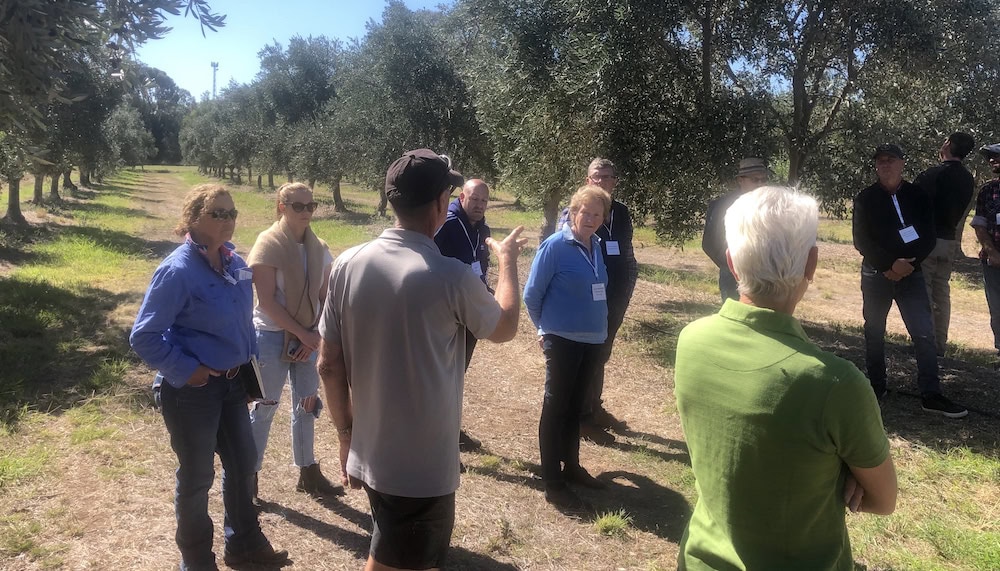
Embracing the future
Integrated pest management and technology are part of the future of the olive industry in Australia.
Apps enable growers to use desktop and mobile technology to access satellite imagery about groves. This is an area with huge potential, including understanding topography and the climatic impacts.
NSW DPI is working with the University of New England, Central Queensland University and commercial growers to assess the ability of remote sensing technology to assess disease risk, plant health and monitor water use.
The Australian olive industry, in a partnership with government, Hort Innovation and Western Sydney University, funded an integrated pest and disease management extension program that aims to connect growers with current practical information and advice, with a particular focus on black scale, olive lace bug and anthracnose.
On-farm workshops, online tutorials, fact sheets and industry training are part of the ongoing rollout of this project.
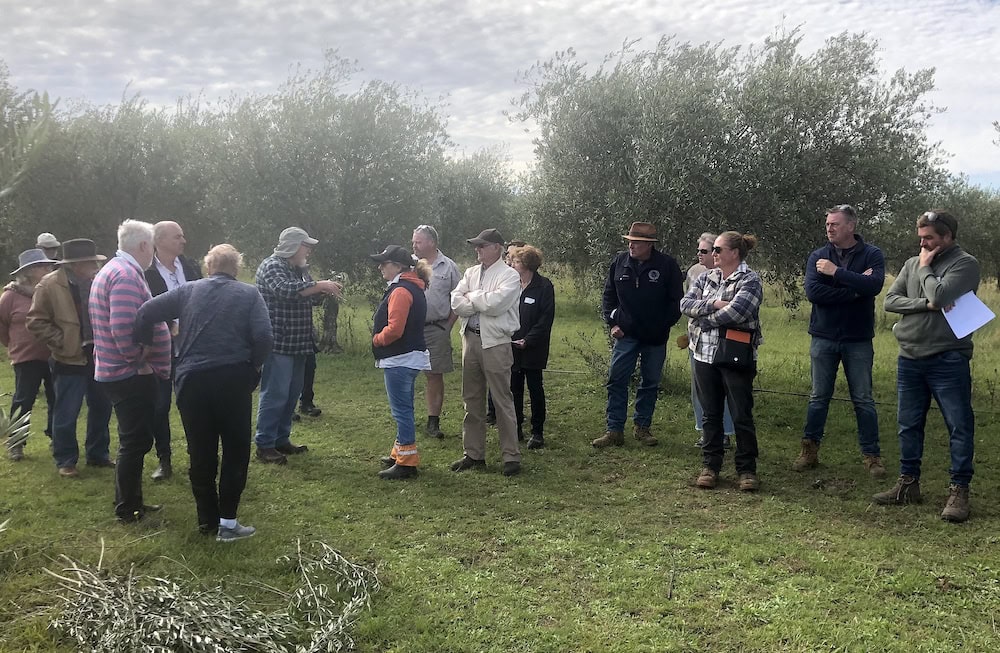
Research led by NSW DPI is focused on identifying yield impact against irrigation deficits of 50 and 75 per cent. Water deficit treatments are being implemented at an olive grove operated by Boundary Bend Olives in the Riverina, using remote sensing to monitor the health of the trees and identify plant stress experienced by the trees. These results will be correlated with final fruit yield, oil yield and oil quality.
The research is a collaboration between NSW DPI, University of New England, Central Queensland University, Boundary Bend Olive Groves, Hort Innovation and the Department of Agriculture, Water and the Environment.
Growers continue to favour growing olives to produce EVOO. Webinars and the two-day Processing Course were well attended in 2022, focusing on grove management for optimal fruit production, and best-practice processing and storage.
International research measuring the effect of hot temperatures and extreme weather events on plants is also expected to benefit olive trees, understanding how a warming climate influences a plant�s immune system and therefore its productivity,
and whether breeding can make plants heat-resilient.
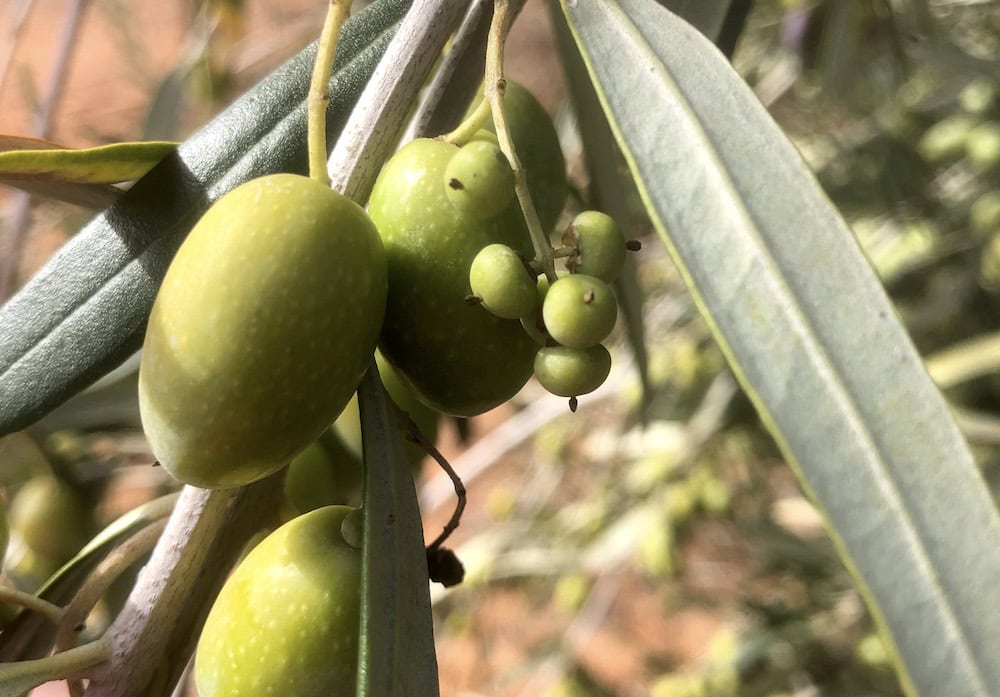
Autonomous vehicles (or robots) are gaining traction when it comes to harvesting and maintaining groves. Already robots are being used on 405,000 hectares of Australian farmland, particularly for slashing grass among groves, spraying herbicide and insecticide, mitigating the impact of climate and weather patterns, and compensating for the lack of workforce.
Swarm Farm has robots in Queensland, NSW and WA, distributing pesticides at a lower application rate.
Swarm Farm principal, Andrew Bate, said the robots had cut pesticide application by about 580 tonnes across his customer base.
Mobile and internet connectivity was the key challenge for effective use of robots. There is also the challenge of developing codes of practice for their use � a topic which is still being negotiated between industry groups and regulators.
Zero waste is another future focus of the industry, and conference attendees in October heard the latest about developing a closed loop supply chain in their production system. The pomace � minced skins, flesh and seeds, combined with water � results from the oil extraction process. Pomace is used as composting material and stock feed.
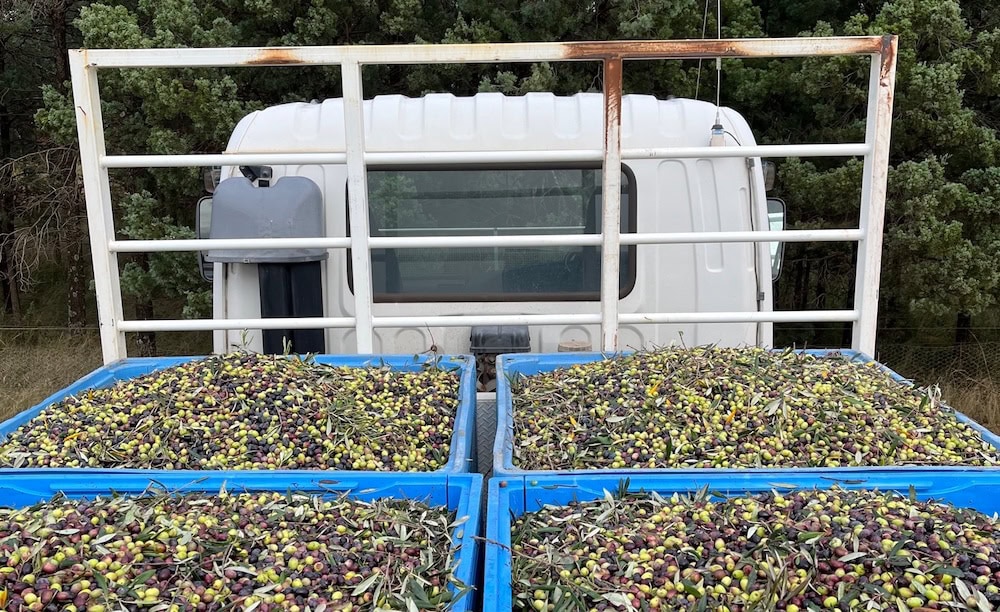
Some processors are burning crushed olive seeds in furnaces to provide energy to drive their oil extraction and processing systems.
As Australian agriculture moves towards a net zero carbon future, there are also opportunities for olive groves to increase in number across the landscape, providing a dual purpose � growing fruit above the ground and developing carbon sequestration underground to earn carbon credits that can be accounted against production emissions.
If you enjoyed this feature on the olive industry, you might like our story on NSW’s barley and beer industry.


